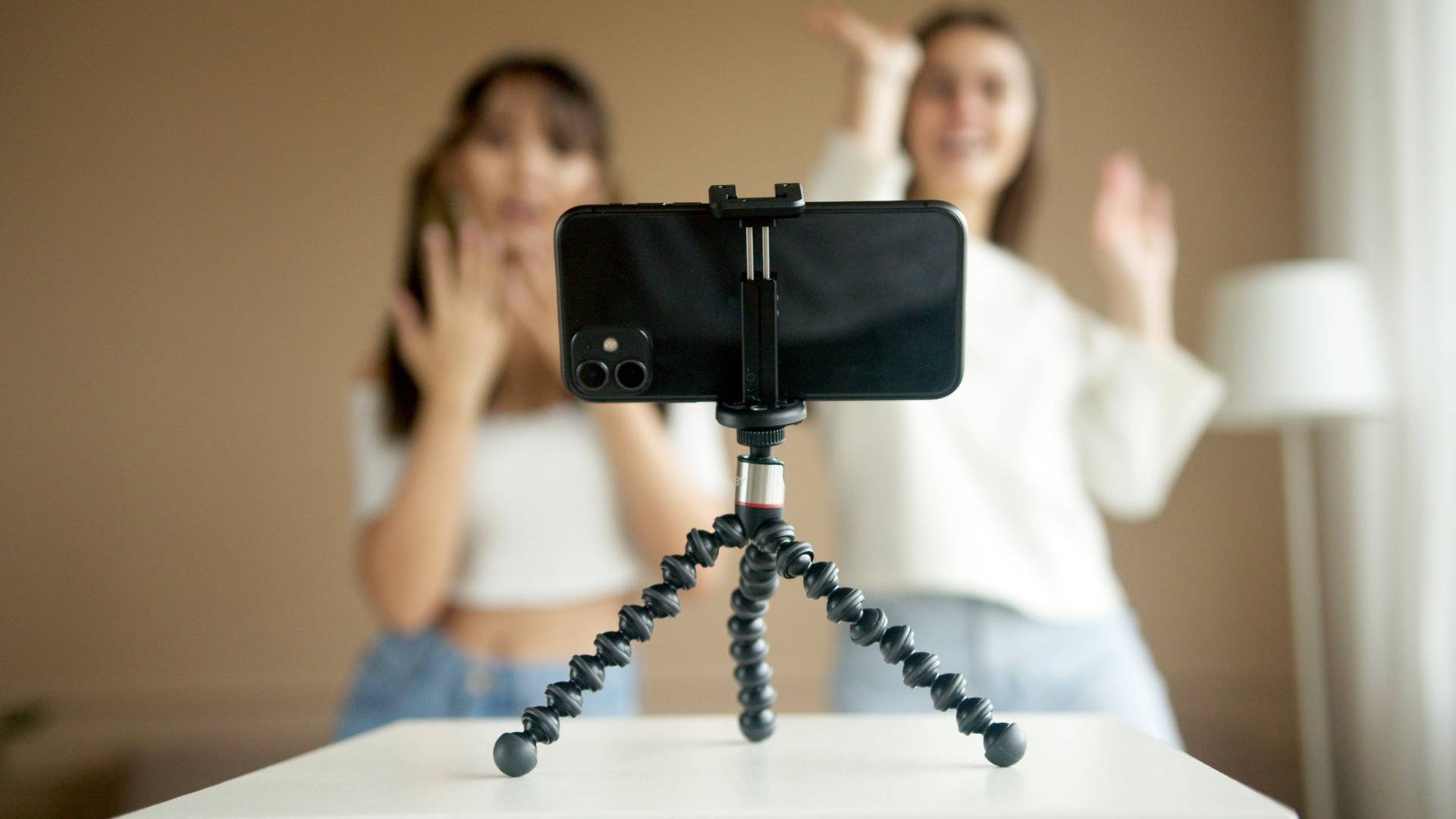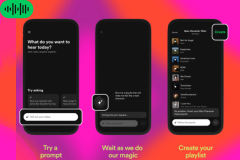While the pandemic has had a huge, disruptive impact on marketing, it’s still crucial to observe what will happen in the digital marketing and advertising spaces. The more accurately marketers understand trends, the more chances they have to beat the competition. Which ad tech trends are in demand in 2021 and which ones will boost the market beyond 2022? Let’s take a look at the hottest ad tech trends to understand what’s happening now and where we might end up in the future.
1. CTV, audio and dynamic ad creatives will define programmatic
Programmatic is the most important trend to keep an eye on, since it is part of advanced marketing automation tools. According to eMarketer, programmatic will account for 88.2% of all digital display ad spend by the end of 2021.
Programmatic targeting allows brands to deliver their message in ways they know will resonate most deeply within consumers’ psyches. Based on the user and campaign data, programmatic advertising algorithms show creatives the exact audience that is more likely to convert into customers. Thanks to these new approaches and formats, advertising experience will become even more engaging.
Interactive ad formats. You are most likely familiar with playable and rewarded ads. Created specifically for in-app ecosystems, these interactive ad units effectively capture user attention and provide them with additional benefits. A playable ad, for instance, is an interactive, engaging mini game that you can test when using another app (most often a mobile game). Rewarded ads, meanwhile, provide users with value exchange: in-app bonuses, free access to paid features, content and all sorts of benefits after ad watching.
Dynamic ad insertion and CTV. Dynamic ad insertion (DAI) enables advertisers to swap the creatives and then deliver the ads in linear, live or VOD content. In 2021, this technology is being rapidly adopted by major broadcasters and content creators who benefit from greater monetization – technology provides reduced latency, personalized video experience for the users and much better reporting. Connected TV (aka CTV) – a technology that enables programmatic ad delivery on Internet-connected devices (e.g. Smart TV sets, game consoles) – became the fastest growing channel during the pandemic; because video content consumption dramatically increased, investments in CTV reached 9 billion dollars.
2. Going omnichannel with DOOH and virtual helpers
It’s no longer a secret – ad campaigns that combine four or more channels outperform one- or two-channel campaigns by at least 300%. For this reason, advertisers prefer to diversify their media mix while also embracing innovative channels (like DOOH) and ads integrated into virtual helpers.
DOOH – digital out of home – are those digital billboards that are in subways, cafes and shopping malls. Placing DOOH screens next to shops is a great way to drive customers in. For example, Guinness used dynamic screens to attract fans to pubs that served drinks during RBS 6 Nations. Dynamic screens also react to situations in real time. In case there are too many people inside (in the pub/restaurant) and all tables are occupied, billboards (for example) may notify potential customers. Plus, they can recommend visitors to nearby pubs or restaurants (of the same brand).
Integration of ads into virtual helpers. The sector of voice helper technologies is now recognized as one the fastest growing in the world. If today it makes around 2 billion dollars, soon we will see voice shopping turn into even more of a money-making machine – by 2022, voice shopping will generate at least 40 billion. During the holidays, one in four US residents make purchases using voice assistants. In most cases, a speech assistant can serve as a link that joins the user and the brand. In the future, this technology may be used to help users navigate the assortment of the stores and provide information on current promotions. This way, voice assistants may turn into shopping assistants, which is beneficial for both customers and the brands.
3. The pandemic stirred mobile ads and voice-activated advertising
As the time people spent online increased while in quarantine, the advertising landscape reshuffled towards mobile and voice search. Zero-click search results, voice search, extended snippets that answer users’ questions are also among those realities marketers should adapt to.
One other remarkable point is an increase in voice assistant usage. “Think with Google” reports that 27% of the global online population uses mobile voice search. Over 60% of smartphone users contact businesses directly using search results. Making purchases quickly using voice assistants can be especially beneficial for busy people and parents who are more likely to simultaneously multi task. When the quarantine is over , people will still search with voice, which is an opportunity for digital marketers to optimize their advertising towards voice search.
It also became popular to combine geodata and programmatic audio for developing highly beneficial advertising strategies. Personalized offers, discounts, promotions and news can be sent to users while they are shopping, at a trade show or attending a music performance. Audio ads represent unique audiences. Unlike most display ads, audio ads don’t compete with other ad units on the web page – they directly capture user attention during the audio content listening. That’s why audio ad spending in the US will hit 3.72 billion dollars by the end of 2021, and 16.5% of it will be transacted programmatically.
4. Cookieless advertising brings focus to context and first-party data
In a world with fewer cookies and other identifiers, marketers must adapt to new ways of ad delivery and measuring campaign performance. As known, in January 2020, Chrome officially announced its cookie crumble. As you work to future-proof your marketing methods, it is important that the trust of users and customers be established. Privacy is one of the most important elements of trust, and marketers can learn how to cherish it in the post-cookie era.
Contextual ads and first-party data. Develop a strategy that will help your brand rely less on third party cookies. For example, contextual ads don’t need cookies, because ads are shown on semantically relevant websites. Gathering and nourishing first party data in CRM will help you to leverage unique customer insights that you can act upon with direct to customer (DTC) campaigns.
Alternative ID solutions and data gathering mechanisms. Instead of relying on Google’s FLoC, embrace alternative ID solutions based on the principles of individual user targeting. For this, you can grow meaningful relationships with publishers who can provide you with second-party data. Use incentives (purchasing discounts, bonuses) to persuade your potential customers to leave their data on a website form or email subscription.
5. In-house programmatic and outsourced employees simplify workflow
In Europe, more than 86% of brands are in-housing programmatic – either entirety or partially. This happens because brands want to have more transparency regarding how their media budgets are spent. The problem of ‘black box’ appears when there’s no chance to investigate how ad budgets are distributed along the supply chains. Striving for better accountability and independence, many big brands (like Kellog, Unilever, Nestle) bring their programmatic technology in house. Those brands that don’t have resources to create ad platforms from scratch usually opt for white-label advertising technology, as it cuts – almost in half – investments and time for installation.
For rapidly growing businesses, hiring rare ad tech talent oftentimes turns into a real challenge. In this case, they normally in-house strategic activities while trying to outsource tech functions along servicing teams – ad ops and account managers. In this case, outsourced ad ops can significantly ease the workflow of the new business by optimizing ad performance, interacting with clientele and ensuring impeccable platform functioning. The greatest bonus of such a model is that the company gets immediate access to the rare, skillful, programmatic employees without having to meddle with HR related struggles: hiring, educating and keeping personnel in the office.
6. Short videos on social media engage users most
One of the most popular trends right now is “unfiltered” (or fewer scripted) content, spurred by platforms like TikTok, where people can share videos with just about anyone they want. However, to engage your audience with this format, you should create rich and useful content to craft a message that touches customers’ values or solves their problems.
More than ever, people socialize on social media – that’s why the use of social networks increased rapidly. With that, people prefer easy-to-digest video content over articles and reading. We will also see an increase in video in the ecommerce niche, since brands already feature short explanatory videos for more engaging product promotion. These ads are efficient because they educate the audience on how to use the product, increase brand awareness and bring twice as many leads as static content. Such videos accompany users at every stage of their customer journey and will span different channels – from organic to social media, paid media and ecommerce websites.
Summary
We live in a world where everything changes very quickly. During the lockdown, the ad tech industry underwent another evolutionary leap. The new formats, channels, standards and approaches to advertising that we discussed in this article will change the industry and become basic in the coming years. What we see now is that COVID changed a lot in terms of media use and convinced many advertisers to focus on programmatic advertising, interactive user experiences, privacy and new advertising practices.
These are the major trends to outline the future of advertising in the post-COVID world; what are your predictions on how the industry will change?













